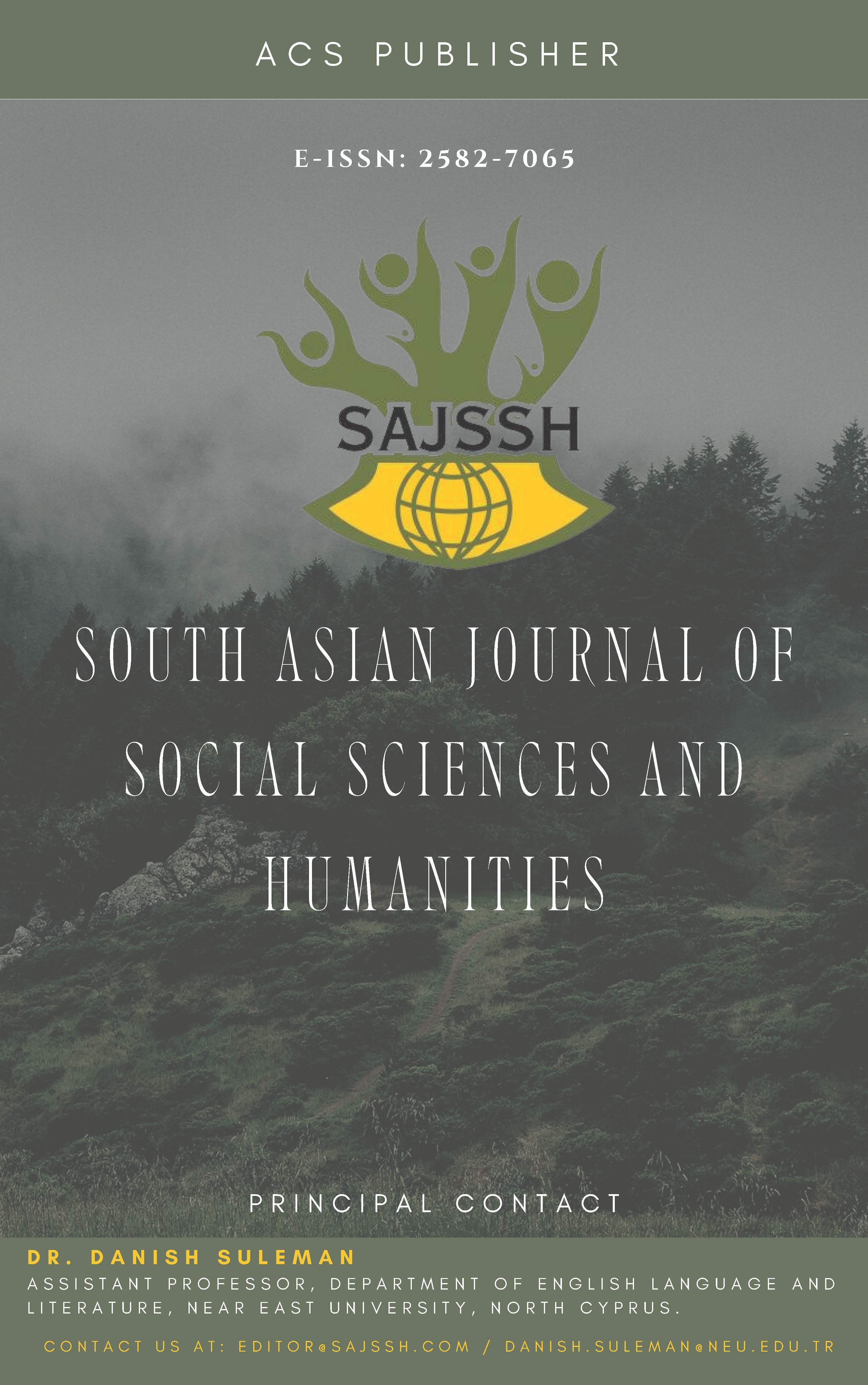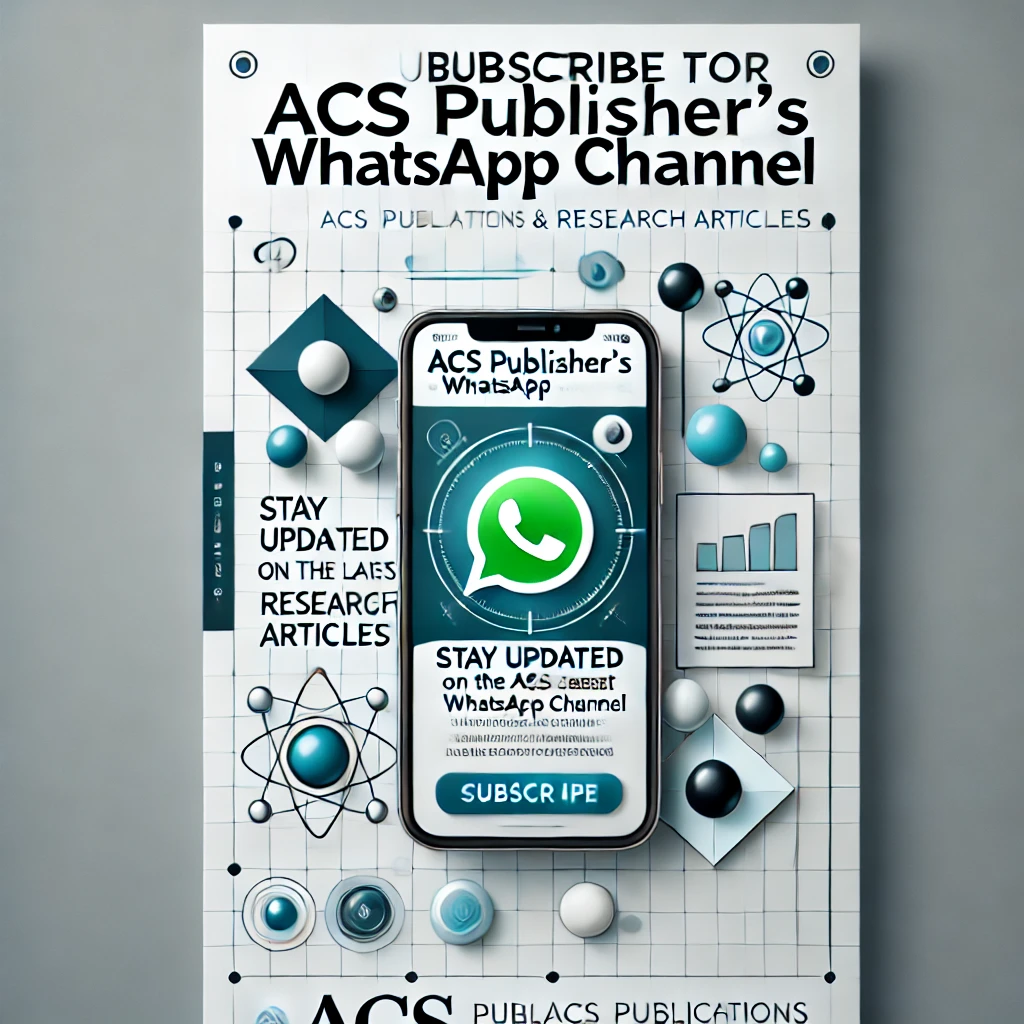Code-Switching in Digital Communication: A Pragmatic Approach to Multilingual Interactions on Social Media
DOI:
https://doi.org/10.48165/sajssh.2024.6302Keywords:
code-switching, digital communication, multilingualism, pragmatics, social mediaAbstract
This study explains the pragmatic functions of code-switching in multilingual social media interactions, with a specific focus on how social media users employ language alternation to achieve specific communicative functions. The study employs a mixed-methods approach to examine 500 multilingual social media updates, identifying trends and patterns of code switching use. The findings show that code-switching serves significant pragmatic functions, including marking identity, marking solidarity, and negotiating power relations. In addition, the study outlines the significance of digital affordances such as hashtags, emojis, and character limits in shaping code-switching behaviour. The study also highlights the role of code switching in identity construction in the multilingual context, as users combine languages to mark cultural membership and navigate the complexities of living in a multilingual society. The study contributes to the growing body of literature on multilingualism and online communication, shedding new light on the intersection of social interaction, language, and technology. Implications for educators, policymakers, and technology developers are explored for the practical application of multilingual communication in online environments. Despite the limitations inherent in the single case focus and the reliance on publicly available information, the research provides a starting point for studies on code-switching in the multiple linguistic and digital contexts. The findings highlight the importance of inclusive education in language, enabling social media as a widely used medium that is accessible and inclusive of people with diverse linguistic backgrounds.
References
Androutsopoulos, J. (2015). Networked multilingualism: Some language practices on Facebook and their implications. International Journal of Bilingualism, 19(2), 185– 205.
Auer, P. (1998). Code-switching in conversation: Language, interaction, and identity. Routledge.
Bailey, B. (2007). Heteroglossia and boundaries. In M. Heller (Ed.), Bilingualism: A social approach (pp. 257–274). Palgrave Macmillan.
Blommaert, J. (2010). The sociolinguistics of globalization. Cambridge University Press.
Bullock, B. E., & Toribio, A. J. (2009). The Cambridge handbook of linguistic code-switching. Cambridge University Press.
Crystal, D. (2006). Language and the internet (2nd ed.). Cambridge University Press.
Danet, B., & Herring, S. C. (2007). The multilingual internet: Language, culture, and communication online. Oxford University Press.
De Fina, A. (2012). Family interaction and engagement with the heritage language: A case study. Multilingua, 31(4), 349–379.
Gafaranga, J. (2007). Talk in two languages. Palgrave Macmillan.
Gardner-Chloros, P. (2009). Code-switching. Cambridge University Press.
Georgakopoulou, A. (2017). Small stories research: Methods–analysis–outreach. In A. De Fina & A. Georgakopoulou (Eds.), The handbook of narrative analysis (pp. 255–271). Wiley-Blackwell.
Gumperz, J. J. (1982). Discourse strategies. Cambridge University Press.
Heller, M. (1988). Codeswitching: Anthropological and sociolinguistic perspectives. Mouton de Gruyter.
Herring, S. C. (2001). Computer-mediated discourse. In D. Schiffrin, D. Tannen, & H. E. Hamilton (Eds.), The handbook of discourse analysis (pp. 612–634). Blackwell.
Jørgensen, J. N. (1998). Children’s acquisition of code-switching for power-wielding. In P. Auer (Ed.), Code-switching in conversation (pp. 237–258). Routledge.
Kachru, B. B. (1985). Standards, codification, and sociolinguistic realism: The English language in the outer circle. In R. Quirk & H. G. Widdowson (Eds.), English in the world: Teaching and learning the language and literatures (pp. 11–30). Cambridge University Press.
Kress, G., & van Leeuwen, T. (2001). Multimodal discourse: The modes and media of contemporary communication. Arnold.
Li, W. (1998). The ‘why’ and ‘how’ questions in the analysis of conversational code-switching. In P. Auer (Ed.), Code-switching in conversation (pp. 156–176). Routledge.
Li, W. (2011). Moment analysis and translanguaging space: Discursive construction of identities by multilingual Chinese youth in Britain. Journal of Pragmatics, 43(5), 1222– 1235.
MacSwan, J. (2017). A multilingual perspective on translanguaging. American Educational Research Journal, 54(1), 167–201.
Myers-Scotton, C. (1993). Social motivations for codeswitching: Evidence from Africa. Clarendon Press.
Myers-Scotton, C. (2002). Contact linguistics: Bilingual encounters and grammatical outcomes. Oxford University Press.
Paolillo, J. C. (2011). Conversational codeswitching on Usenet and Internet Relay Chat. In S. C. Herring (Ed.), Computer-mediated conversation (pp. 281–302). Hampton Press.
Pennycook, A. (2007). Global Englishes and transcultural flows. Routledge.
Poplack, S. (1980). Sometimes I’ll start a sentence in Spanish Y TERMINO EN ESPAÑOL: Toward a typology of code-switching. Linguistics, 18(7–8), 581–618.
Rampton, B. (1995). Crossing: Language and ethnicity among adolescents. Longman.
Sebba, M. (2012). Researching and theorising multilingual texts. In M. Sebba, S. Mahootian, & C. Jonsson (Eds.), Language mixing and code-switching in writing (pp. 1–26). Routledge.
Tagg, C. (2015). Exploring digital communication: Language in action. Routledge.
Thurlow, C., & Mroczek, K. (2011). Digital discourse: Language in the new media. Oxford University Press.
Verschik, A. (2008). Emerging bilingual speech: From monolingualism to code-copying. Continuum.
Wei, L. (2018). Translanguaging as a practical theory of language. Applied Linguistics, 39(1), 9–30.
Woolard, K. A. (2004). Codeswitching. In A. Duranti (Ed.), A companion to linguistic anthropology (pp. 73–94). Blackwell.
Zappavigna, M. (2012). Discourse of Twitter and social media: How we use language to create affiliation on the web. Continuum.
Zentella, A. C. (1997). Growing up bilingual: Puerto Rican children in New York. Blackwell.
Zhang, W. (2012). Chinese-English code-mixing among China’s netizens. English Today, 28(3), 40–52.
Downloads
Published
Issue
Section
License
Copyright (c) 2025 South Asian Journal of Social Sciences and Humanities

This work is licensed under a Creative Commons Attribution 4.0 International License.





